Over the past five years, Bandai Namco has little by little found itself owning the publishing rights to the video game adaptations of almost every anime recognizable in the United States. So far, in 2020, they’ve been averaging one major release a month, between Dragon Ball Z: Kakarot, One Punch Man: A Hero Nobody Knows, and My Hero One’s Justice 2.
I love My Hero One’s Justice 2 despite a few flaws, but Dragon Ball Z: Kakarot and One Punch Man: A Hero Nobody Knows are both disappointing, at least in my estimation.
So why has Bandai Namco’s output been so inconsistent?
Stunning Animation
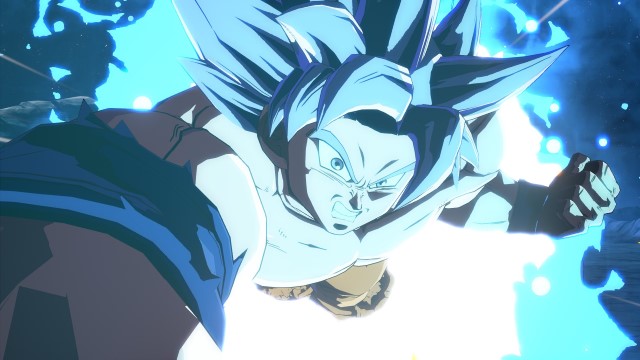
One of the most striking things about every Bandai-Namco-produced game, regardless of its overall quality, is that Bamco is able to work with studios that can perform arcane magic, making their adaptations look almost exactly like the properties they’re based on.
The games are striking, with cutscenes and super moves looking as if they’re ripped straight out of the pages of a manga. This holds true for the vast majority of Bandai-Namco-produced anime games, from the well-received Naruto Ultimate Ninja Storm series to, *ahem*, lesser-enjoyed games like Jojo’s Bizarre Adventures: Eyes of Heaven.
The idea seems to be this: make sure the visuals are pixel-perfect before the game ships.
The generous reading is that Bandai Namco is making sure the visuals are right in tribute to the artists behind the manga and anime. The less-generous reading is that Bandai Namco is prioritizing visuals because they know flashy screenshots and trailers sell games, especially when you’re selling to an audience looking for an adaptation that genuinely looks like an extension of the series it’s based on.
And when it works, as it does in My Hero One’s Justice 2, Naruto Ultimate Ninja Storm, and Dragonball FighterZ, it really, really works. Their best work is dynamic, with fluid gameplay that matches the high-energy on-screen visuals.
Quality Control
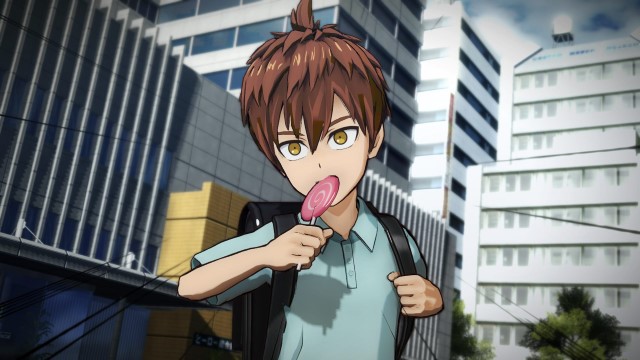
Admittedly, Bandai Namco isn’t developing these games — they’re publishing them, meaning they’re not the ones actually building the games. That’s the job of the developers they partner with, from Spike Chunsoft to Arc System Works and CyberConnect2.
But by the same token, as a publisher, Bandai Namco has creative input over the games it releases, to say nothing of the fact they also bear responsibility for any clunkers that they release. And anyone with a Crunchyroll subscription knows that they’ve released a few clunkers.
So how do we fix it? How does Bandai Namco do a better job of quality control, especially when they pair with so many different studios?
To answer that question, we should focus on the one thing Bandai Namco consistently does right.
Eye Candy
The reason these games look so special — so iconic — isn’t just the art. It’s that they also mimic the manga/anime visual lexicon.
The best Bandai Namco adaptations take the time to create stunning setpieces, whether that’s Dragonball FighterZ’s dramatic finishes or My Hero One’s Justice 2’s Plus Ultra moves. These moments are special, with over-the-top facial expressions, dynamic camera angles, and effects that make everything more dramatic.
This is key not just because the moments themselves are so spectacular, but also because for fans of the series, these moments help them suspend their disbelief, allowing them to sink deeper into the fantasy that they’re living out an arc of their favorite show.
If the game doesn’t control well, the entire illusion is shattered, something that sinks both Dragonball Z: Kakarot and One Piece: World Seeker.
Dashes, Cancels
Given that two of Bandai Namco’s three most recent adaptations are middling at best, you’d be forgiven for being concerned about the publisher’s future projects. That said, there’s some evidence that the studio might be slowly but surely getting on the right track.
Tracking the differences between My Hero One’s Justice and My Hero One’s Justice 2 can provide us with a roadmap of how Bandai Namco can improve. The original game, although visually impressive, is held back by a few issues that keep it from feeling as dynamic as the source material.
My Hero One’s Justice 2 fixes the vast majority of those issues, largely by adding the ability to dash out of guard while streamlining the process of canceling actions into other actions.
This isn’t new for Bandai Namco. After all, they’re the team behind Tekken. Crunchy, satisfying 3D fighting is in their DNA. And it might be time for them, as publishers, to step in and take a more active role to ensure that their anime titles have the same polish as their in-house fighters.
Filler Episode
So if Bandai Namco is capable of publishing great anime titles, why is their output so inconsistent? To answer that question, it’s probably most helpful to consider where some of their less-popular titles went wrong.
One Piece: World Seeker suffers from frustrating controls, an empty open world, mechanics that seem tacked-on or unnecessary, and, perhaps most damningly, a disregard for the wonderful interpersonal relationships that make the One Piece series so special.
The overall effect doomed the game. Fans of One Piece couldn’t properly immerse themselves in familiar character relationships to distract themselves from subpar gameplay. And fans of open-world action-adventure games were prevented from ignoring a story they were unfamiliar with since most of the game’s other parts were frustrating and clunky.
There isn’t a single portion of it that can carry the weight for the other weaker portions. The game gets in the way of its own fun.
Dragon Ball Z: Kakarot, although still a disappointing game in its own right, does a better job on a lot of the things that One Piece: World Seeker does wrong. Though the early arcs of the Dragon Ball Z anime have had dozens of video game adaptations, grounding the story of the game in familiar material gives fans a comfortable, and appreciated, entry point. Though the open worlds of Kakarot are pretty desolate, they are at least full of collectibles for Goku to pick up and fly through.
But there’s still something missing. The actual battling lacks polish, the side quests are largely uninteresting fetch-a-thons, and the game is still laden with unnecessary and complicated systems (who thought that Z-medal mechanic was a good idea?).
Contrast this with one of Bandai Namco’s more focused titles like My Hero One’s Justice 2, One Piece: Pirate Warriors 3, Dragonball FighterZ. Each one of these games has a narrow focus and cuts out anything that gets in the way of what makes the source material fun. In regards to My Hero One’s Justice and Dragonball FighterZ, the games are laser-focused on battling, opting to tell the story through cutscenes.
And although One Piece: Pirate Warriors 3 is a very different game, it still captures the essence of One Piece in the same way, crafting these gigantic battle setpieces interspersed with dialogue that tells the story.
It’s oddly reminiscent of what is Bandai Namco’s most successful anime title: the Japan-only Jump Ultimate Stars. A combination of deck-building and fighting game, Jump Ultimate Stars’ focus on making the game about battling allowed it to have a cast consisting of 305(!) characters, a sweeping original story that imparted a real sense of adventure, and, most importantly, satisfying gameplay.
The Perfect Adaptation
The lesson here is that Bandai Namco needs to focus in a little bit, and remember what brings folks to the source material in the first place: story and action. As it stands now, these two elements don’t really live together in harmony, even in Bandai Namco’s best games.
To me, the ideal structure for a game based on an action anime looks more like Bayonetta, Devil May Cry, or even Marvel: Ultimate Alliance than anything we’ve seen from Bandai Namco so far. A high-action third-person title would allow a story to be told that moves seamlessly from location to location without getting bogged down in an empty open world, while rendered cutscenes could give the story emotional weight.
The game could, like the source material does, move from battle to battle, with climactic setpieces peppered throughout. There could even be minigames or game modes that play out more like a visual novel, allowing characters to develop social links to deepen their powers or unlock support skills.
As it stands, there’s reason to hope that Bandai Namco is starting to find their stride in making anime fighting games. I just hope that the next time they step outside of their comfort zone to make something new, they create something that can more completely capture the spark of the source material.

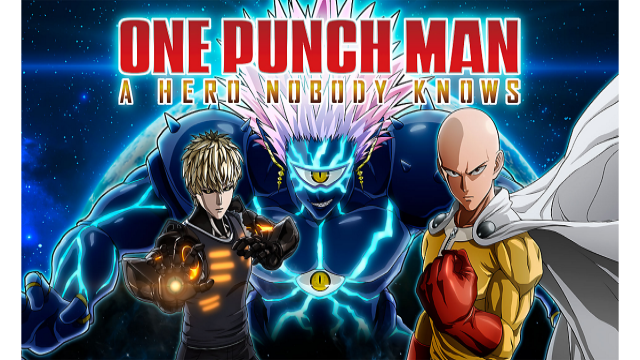





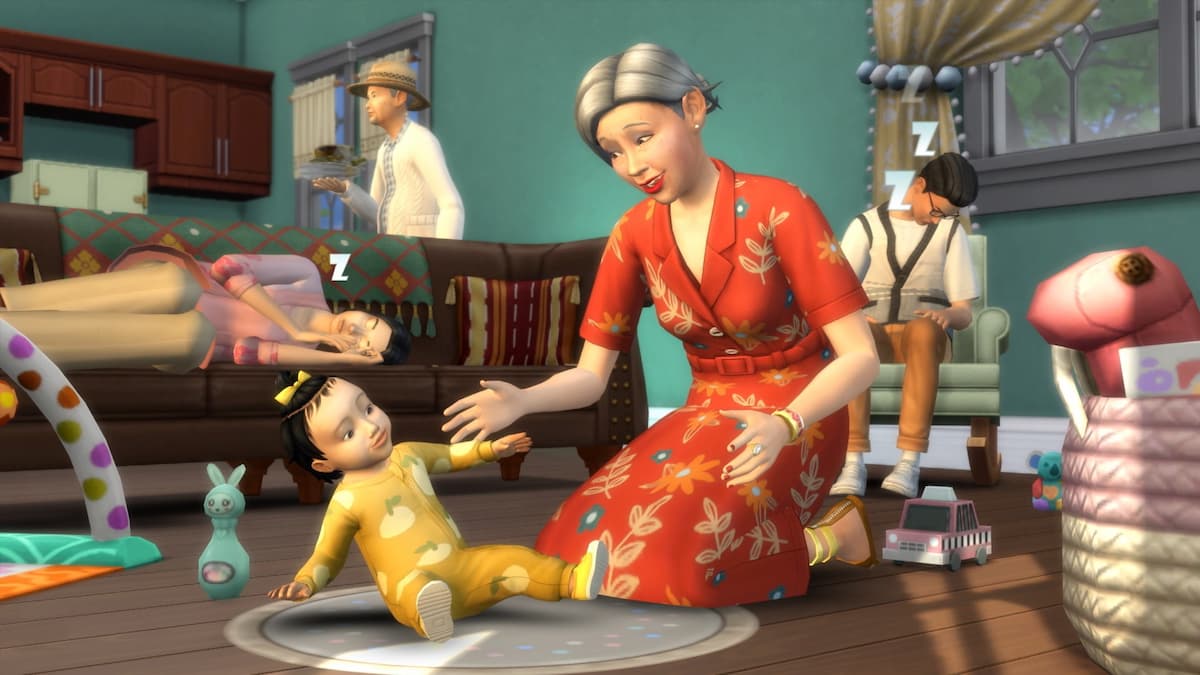
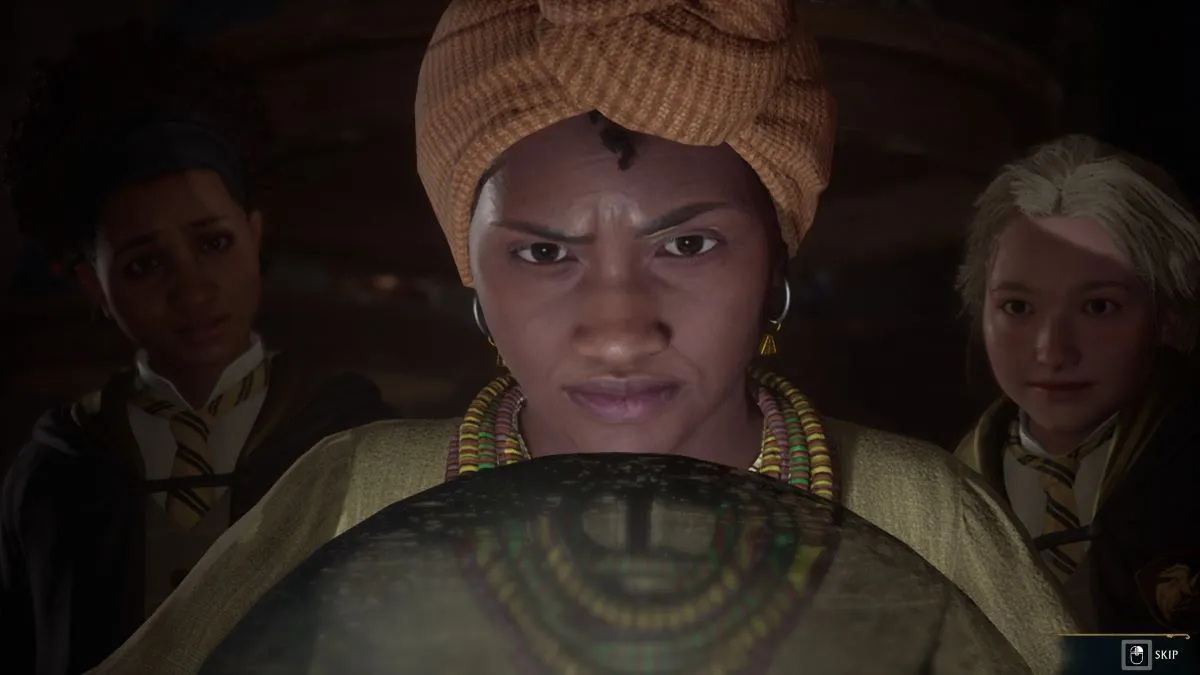
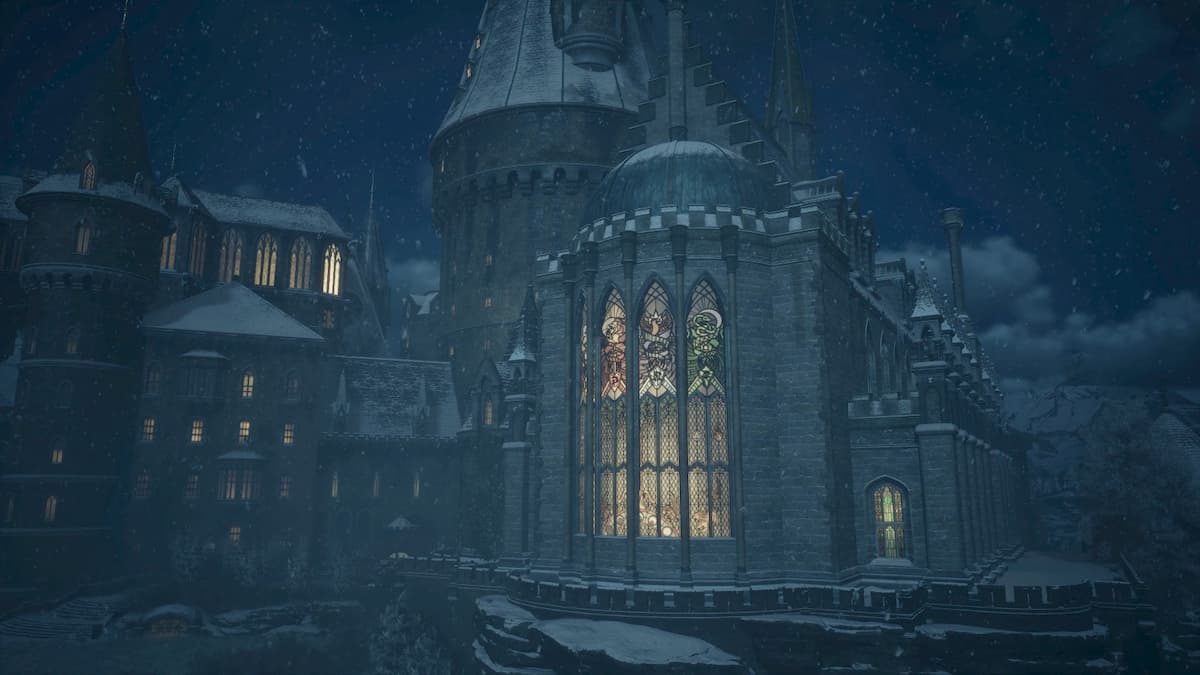
Published: Mar 23, 2020 03:50 am